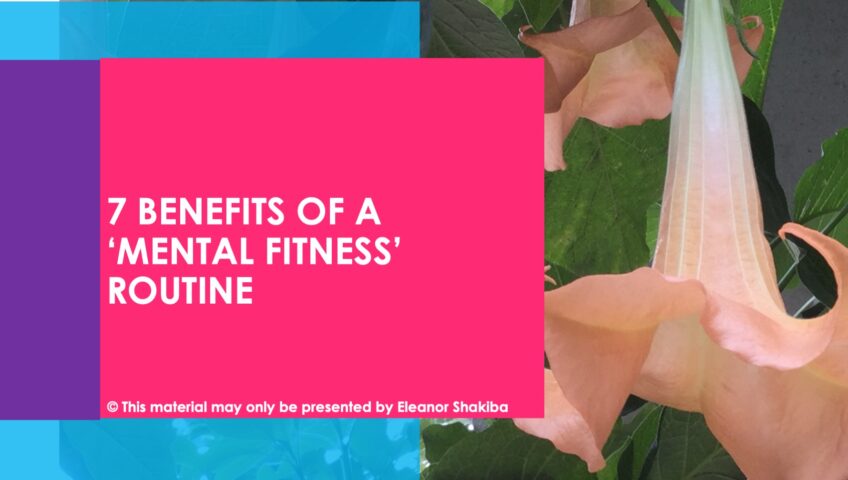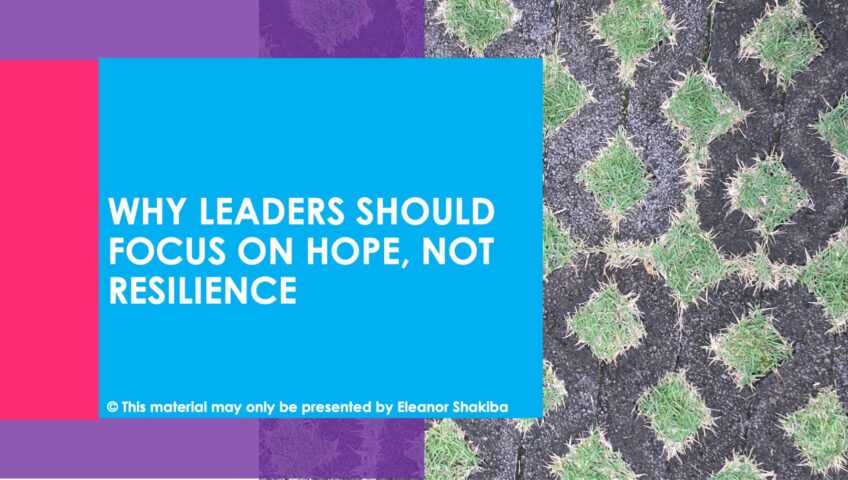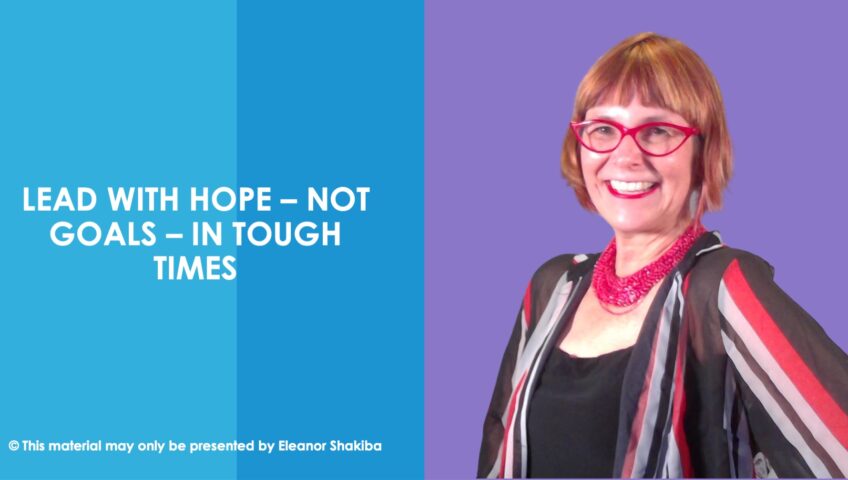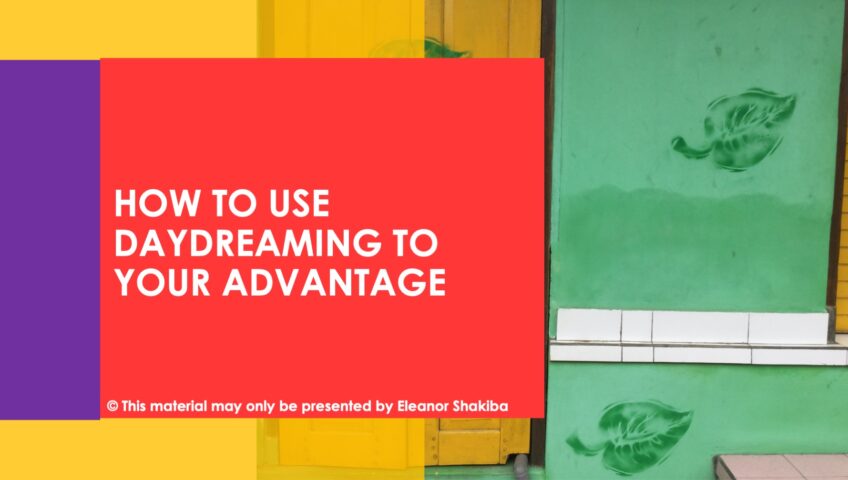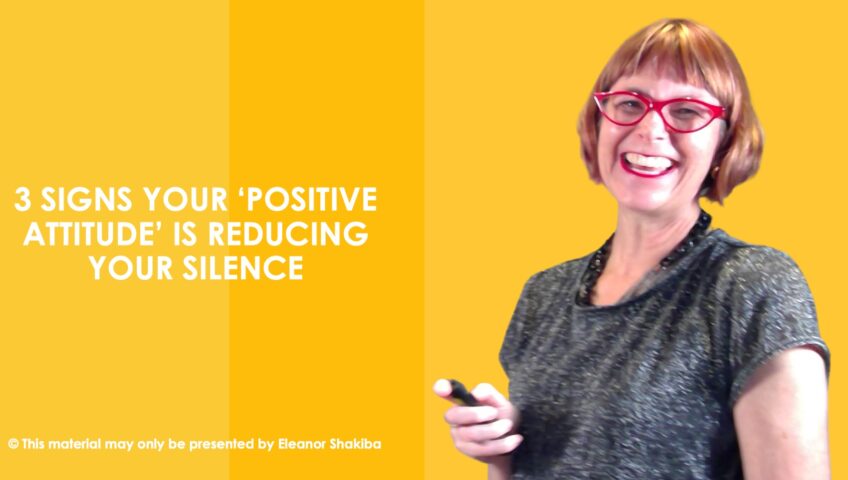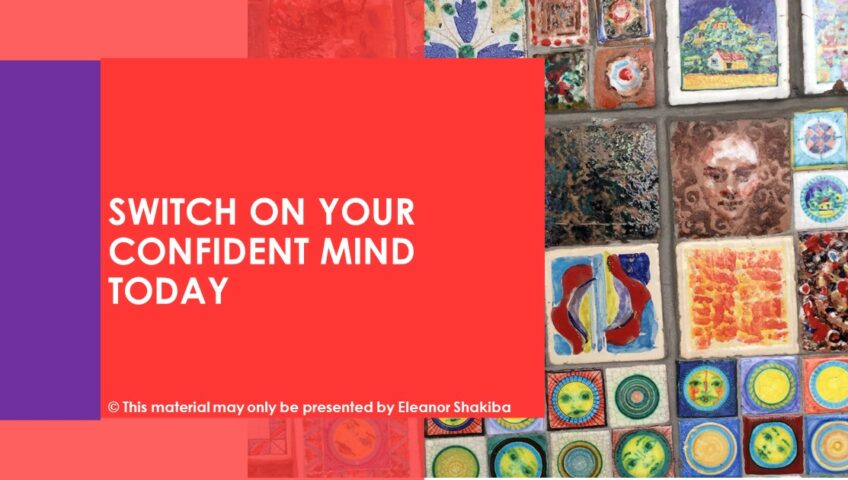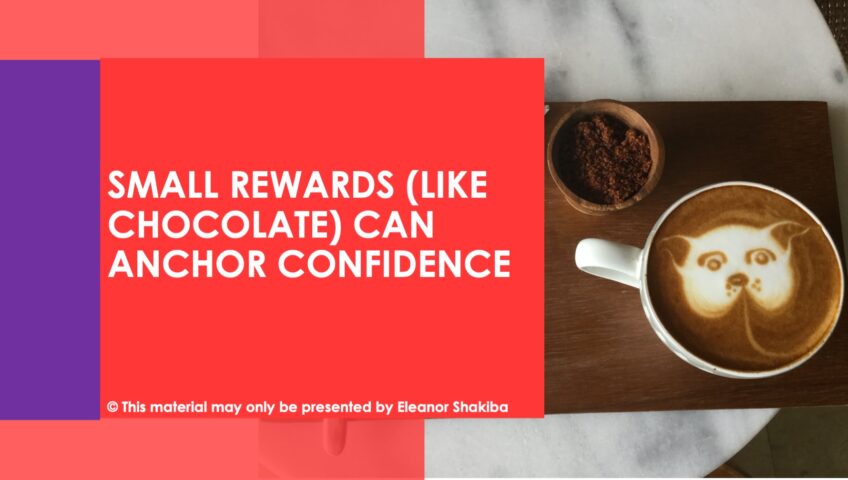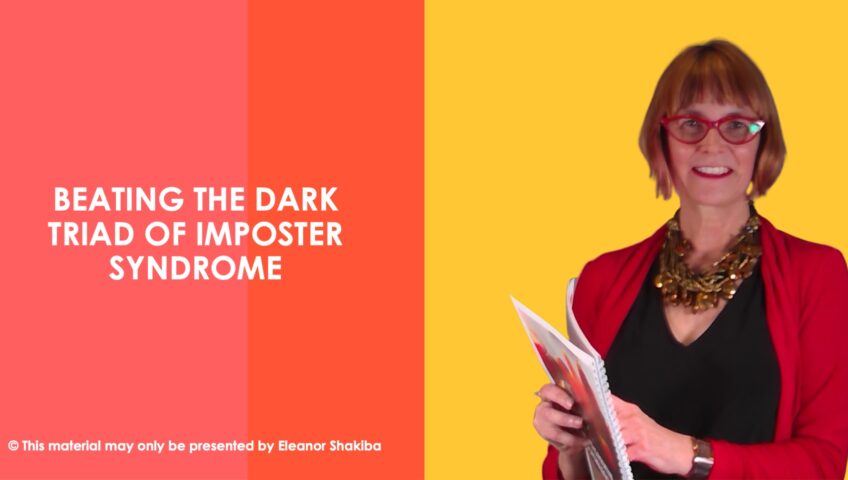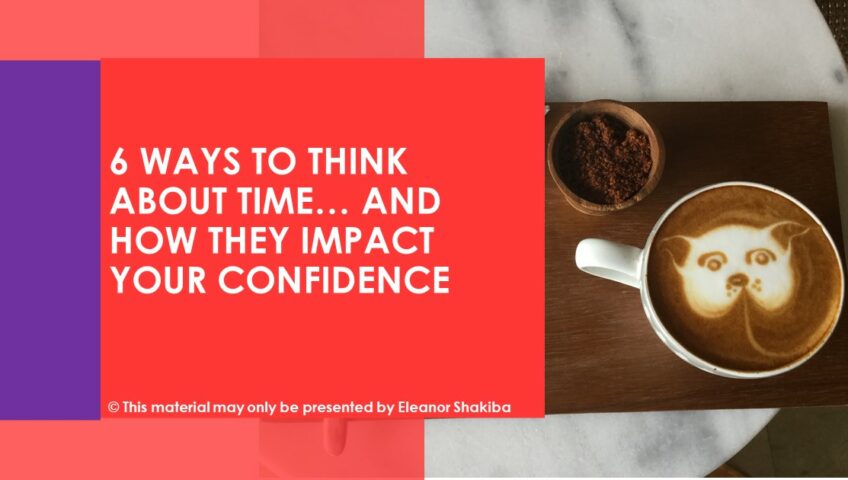A physical fitness routine helps you maintain your physical health, but what about your mental health? This is where a mental fitness routine comes in. Adopting a new routine can break old thought processes and help you get out of a rut. Routines are often helpful but can also allow us to repeat the same old mistakes. Reprogramming your brain lets you develop better routines.
People aren’t born confident, the same way that people aren’t born with toned muscles. You need to train your brain to maintain confidence, optimism, and other positive traits. An article published on BetterUp helps break down the importance of mental stamina and fitness. The author describes seven specific benefits.
First, mental fitness helps you remain present. Instead of dwelling on the past or worrying about the future, you’re grounded in the present. This allows you to retain information better. Mental fitness gives you more control of your thoughts. More control over automatic thoughts helps you respond rationally to challenges. You avoid overthinking and relying on emotions, boosting your logical thinking abilities. Better mental fitness also leads to improved cognitive function. You can process information faster, concentrate better, and improve your time-management skills.
The combination of benefits discussed tend to create more positive emotions. You may become a more optimistic person and learn how to reframe negative thoughts in helpful ways. This brings greater confidence in your abilities. You can start focusing on your strengths and develop positive habits in any area of your life. Better mental fitness also offers physical benefits, including improved sleep.
Many of the benefits discussed are widely known among positive psychology experts. Treating your mind as a muscle that you can develop can help you develop positive habits in almost all areas of your life. You can read more about the benefits of a mental fitness routine here.
As the article explains, mindfulness may help you focus more on your mental fitness. However, meditation isn’t always easy. You may lack the resilience to detach from your thoughts. This is where NLP can help. NLP gives you the tools to change your thinking patterns for improved focus and positivity. NLP language patterns offer a way to become more mindful of your self-talk, including the negative inner critic in your head. This involves challenging your assumptions and the language that you use internally.
NLP submodalities are also useful for increasing awareness of your experiences and thoughts. Your five basic senses are modalities. Each modality has multiple submodalities. Various mental exercises can help you make connections between these modalities and your positive and negative thoughts. You can learn to decrease the impact of negative thoughts and amplify the positive ones for increased resilience.
NLP provides the perfect structure for mindfulness. NLP language patterns and NLP submodalities are just a couple of examples of NLP techniques that can help increase mindful awareness and resilience. If you want to learn more about NLP, explore my one-to-one coaching services and online courses available at https://thinklearnsucceed.com.au/

